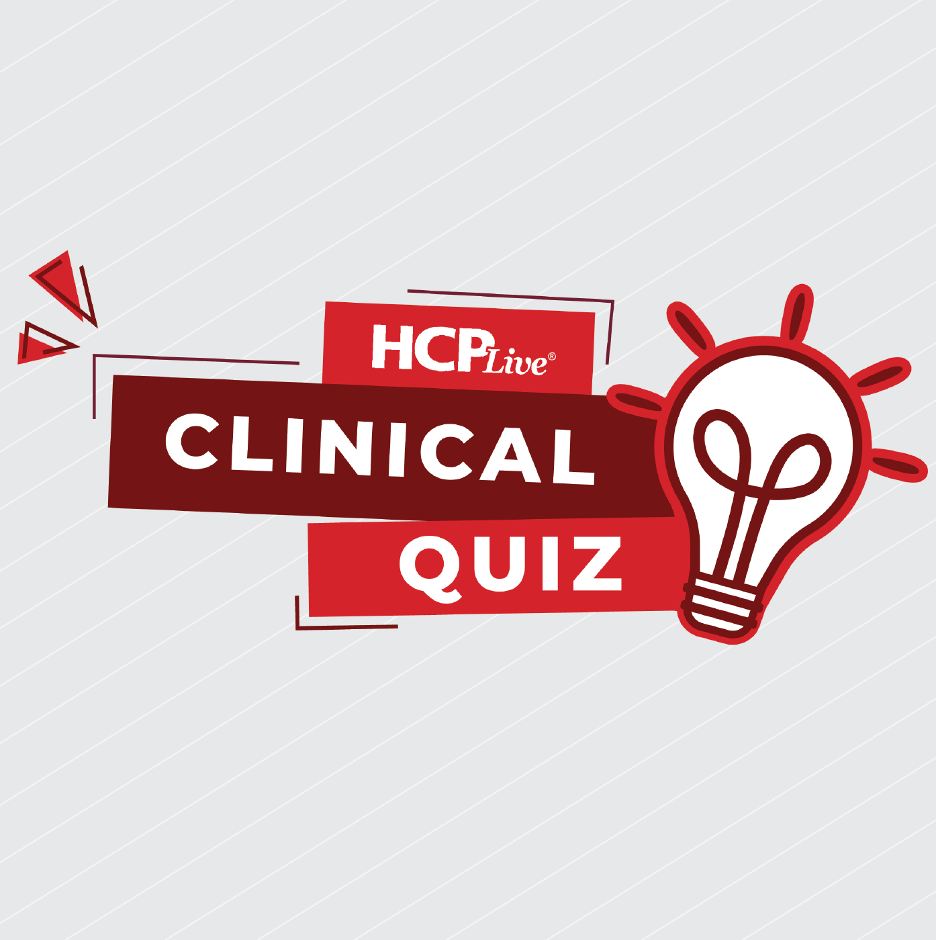News
Article
Gene Interaction Increases Patients’ Risk of Frontal Fibrosing Alopecia
Author(s):
Key Takeaways
- The study identified four genomic loci associated with frontal fibrosing alopecia, including a novel locus at 5q15 linked to ERAP1.
- Genetic variants in ERAP1 and MHC class I alleles interact, influencing FFA risk, highlighting an autoimmune basis for the condition.
This genome-wide meta-analysis demonstrated that changes in 2 parts of the genome both work to influence patients’ risk of frontal fibrosing alopecia (FFA).
Tuntas Rayinda, MD, MSc, PhD
Credit: Departemen Dermatologi & Venereologi - Universitas Gadjah Mada

A new genome-wide meta-analysis demonstrates that changes in 2 parts of the genome both work to influence patients’ risk of frontal fibrosing alopecia, a subvariant of lichen planus.1
Tuntas Rayinda, MD, MSc, PhD, from St John’s Institute of Dermatology at King’s College London, led a team of investigators authoring this analysis. Rayinda and colleagues sought to carry out additional genetic analyses across 4 female frontal fibrosing alopecia case-control cohorts involving newly gathered case samples.
“Our study is the largest ever genome-wide association study into frontal fibrosing alopecia (FFA), an inflammatory and scarring condition affecting almost exclusively women,” Christos Tziotzios, PhD, a senior lecturer at the St John's Institute of Dermatology at King’s College London, said in a statement. “...Our newest finding sheds more light into the autoimmune basis of the condition and provides direction for further research into drug development.”2
Analyzing Genetic Influence on Frontal Fibrosing Alopecia
The identification of new genomic loci where common genetic variations impact patients’ susceptibility to frontal fibrosing alopecia became the main priority for investigators, along with assessing potential nonadditive genetic interactions between such susceptibility loci. With this aim in mind, the investigators combined data from a set of 4 genome-wide association analyses using an SE-weighted meta-analysis.
Within the major histocompatibility complex (MHC) region, the investigative team conducted a stepwise conditional analysis sought to find independently associated classical MHC class I alleles. They also performed statistical tests, seeking to assess epistatic interactions which occur between risk alleles in the MHC and endoplasmic reticulum aminopeptidase 1 (ERAP1) loci.
Genetic variants in ERAP1 and ERAP2 had, in previous findings, notably contributed to survival during the bubonic plague that impacted Europe during the mid-1300s. In the new study, the team focused on genome-wide significant loci linked to frontal fibrosing alopecia and nonadditive genetic effects between regions of susceptibility.
These variants, which have been associated with infection resistance, were noted by the investigators as potentially increasing susceptibility to certain immune-related conditions. By this study’s conclusion, their results supported this notion, with a connection between these genetic variants and frontal fibrosing alopecia risk being identified.
There were 1585 European female individuals diagnosed with frontal fibrosing alopecia in the study’s 6668 participants, and 5083 served as the control arm. The research team identified genome-wide significant associations at 4 genomic loci, highlighting a novel susceptibility locus at 5q15, where the association signal was fine-mapped to a single nucleotide polymorphism (rs10045403) in the 5′ untranslated region of ERAP1 (rs10045403; odds ratio = 1.30; 95% CI, 1.19-1.43; P = 3.6 × 10⁻⁸).
Within the major histocompatibility complex region, risk of frontal fibrosing alopecia was noted by the investigators as independently linked to specific alleles. These alleles included HLA-A11:01, HLA-B07:02, HLA-A33:01, and HLA-B35:01.
Genetic variation at the ERAP1 locus, notably, was shown by the team to have influenced the risk of frontal fibrosing alopecia only among those carrying at least a single 1 of the major histocompatibility complex class I risk alleles. This finding suggested to the investigators an interaction between such genetic factors in susceptibility to disease.
"This research is a big step forward in understanding frontal fibrosing alopecia and why some people are more at risk,” Phil Brady, the chief operating officer at British Skin Foundation, said in a statement. “It’s a condition that can be incredibly distressing, and finding out how genes interact to influence that risk could help us develop better ways to predict and treat it in the future. We’re proud to support studies like this that bring real hope to those affected."2
References
Rayinda T, Dand N, McSweeney SM, et al. Epistasis of ERAP1 With 4 Major Histocompatibility Complex Class I Alleles in Frontal Fibrosing Alopecia: A Genome-Wide Association Study Meta-Analysis. JAMA Dermatol. Published online February 12, 2025. doi:10.1001/jamadermatol.2024.6434.
Scientists discover new gene-to-gene interaction increasing risk of alopecia. King’s College London. February 12, 2025. https://www.eurekalert.org/news-releases/1073253.





